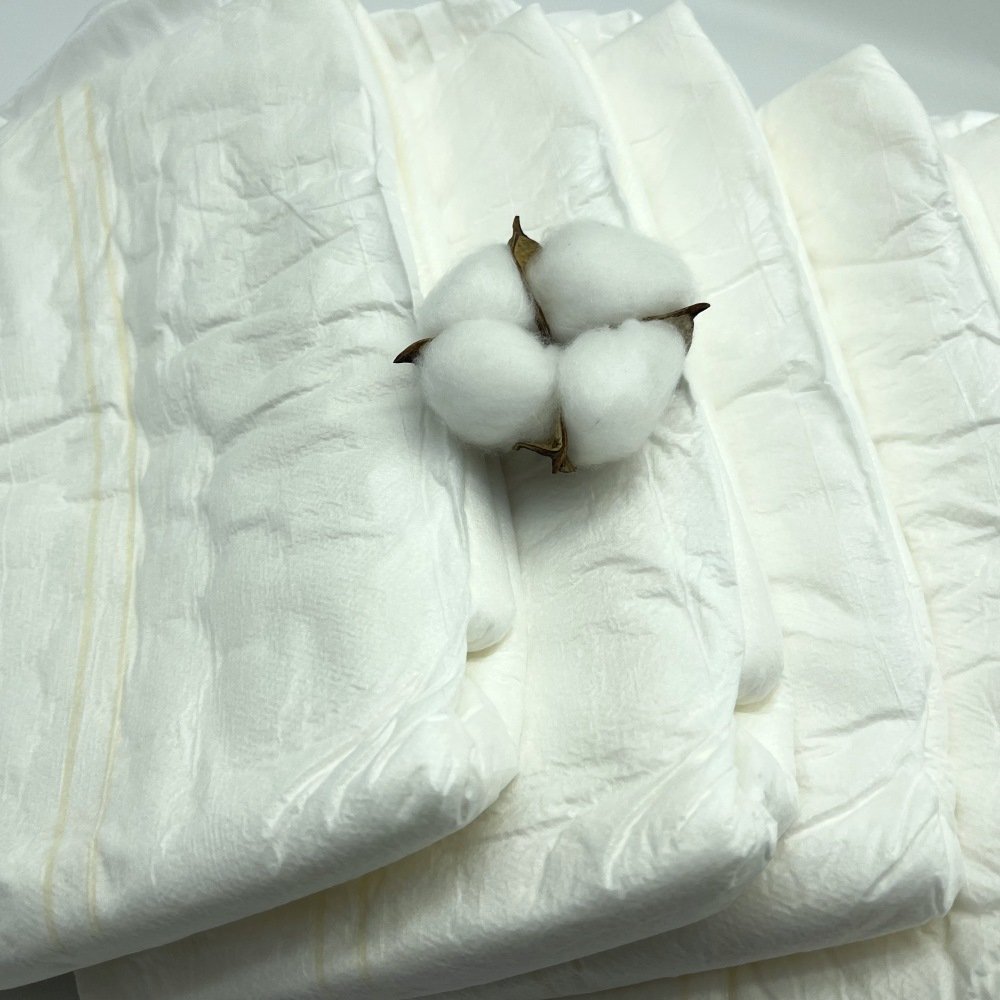Incontinence, a seldom-discussed ailment, afflicts millions worldwide, transcending age and gender. It’s a condition marked by the involuntary loss of bladder or bowel control, manifesting in various degrees of severity. The causes are multifaceted, spanning from neurological disorders, childbirth, and aging to prostate issues in men. Despite its prevalence, a veil of silence often enshrouds this topic, largely due to societal misconceptions and embarrassment.
Inhaltsübersicht
The stigma surrounding adult incontinence products
The use of adult pull-ups and diapers, essential aids for those grappling with incontinence, is shrouded in unwarranted stigma. This stigma not only exacerbates the discomfort felt by users but also impedes open conversations about managing incontinence with dignity. It’s imperative to dispel these misconceptions, advocating for a shift in perception toward understanding and empathy.
Types of Adult Incontinence Products
Overview of Adult Pull-Ups
Adult pull-ups, akin to underwear, offer a discreet solution for managing incontinence. Designed for those with active lifestyles, they provide both comfort and security. Their form-fitting nature ensures they remain invisible under clothing, offering users a semblance of normalcy in their daily routines.
Overview of Adult Diapers
In contrast, adult diapers cater to more incontinence, providing enhanced absorbency and protection. Equipped with adjustable tabs, they accommodate a wider range of body types and severity levels. Despite their bulkier design, advancements have made them more discreet and comfortable than ever before.
Choosing the Right Product
Considerations for Comfort
Selecting the appropriate incontinence product is paramount to maintaining a quality of life. Comfort plays a crucial role in this decision-making process. Factors such as material softness, breathability, and fit must be considered to ensure the product integrates seamlessly into the user’s life.
Considerations for Absorbency
Equally critical is the product’s absorbency level. Users must assess their needs, considering the severity of their incontinence and lifestyle. A product too absorbent might be unnecessarily bulky, while one not absorbent enough risks leaks and discomfort.
The Psychological Impact of Using Adult Incontinence Products
Addressing Feelings of Embarrassment
The psychological ramifications of incontinence and the subsequent use of adult diapers or pull-ups can be profound. Embarrassment often shadows users, affecting their social interactions and self-esteem. It’s vital to foster an environment where these feelings are acknowledged and addressed with compassion and understanding.
Boosting Confidence and Independence
Empowering individuals to manage their incontinence effectively can have a transformative effect on their confidence and independence. Educating users on the right product choices and management techniques can reinstate a sense of control over their lives.
Technological Advances in Adult Incontinence Products
Innovations for Discretion
The adult incontinence product industry has witnessed significant technological advancements to enhance discretion. Materials that mimic regular underwear, soundless fabrics, and low-profile designs all contribute to making incontinence management less conspicuous.
Innovations for Comfort
Comfort has equally benefited from innovation, with the introduction of highly absorbent yet thin materials, improved moisture-wicking fabrics, and skin-friendly adhesives. These developments significantly improve the user experience, making daily wear more pleasant and less intrusive.
Practical Tips for Users
Managing Changes Discreetly
Navigating the practicalities of discreetly changing and disposing of incontinence products can be challenging. Strategies include:
- Carrying a small bag for used products.
- Utilizing restroom stalls with sanitary bins.
- Wearing clothing that facilitates easy changes.
Skin Care and Hygiene
Maintaining skin integrity is crucial for incontinence product users. Frequent changes, using barrier creams, and ensuring the skin is dry before fitting a new product are essential steps to prevent irritation and infections.
Caregiver Support and Guidance
Tips for Caregivers
Caregivers play an instrumental role in the lives of those managing incontinence. Offering practical assistance, emotional support, and fostering independence are key aspects of caregiving. It’s also important for caregivers to educate themselves about product options and care techniques.
Emotional Support for Both Caregivers and Users
The emotional burden of incontinence can affect caregivers and users alike. Creating a supportive and understanding environment helps alleviate some of this stress, promoting a healthier and more positive caregiving relationship.
Society and Incontinence: Breaking the Taboo
Changing Perceptions
Societal attitudes towards incontinence and its management tools need evolution. By promoting education and awareness, we can shift perceptions from embarrassment to empathy, recognizing incontinence as a medical condition rather than a source of shame.
Advocacy and Support Groups
Advocacy groups and support networks play a crucial role in this paradigm shift. They provide a platform for sharing experiences, offering advice, and lobbying for better product accessibility and insurance coverage.
In closing, the journey towards normalizing the use of adult pull-ups and diapers is integral to empowering those affected by incontinence. We foster a more inclusive and understanding society by embracing these products as tools of independence rather than symbols of incapacity.
Encouraging open discussions around incontinence and its management can significantly contribute to destigmatizing adult incontinence products. Through dialogue, education, and advocacy, we can dismantle the barriers of embarrassment and promote a culture of support and empathy.

